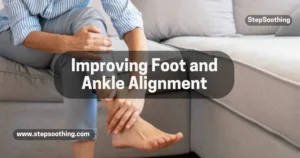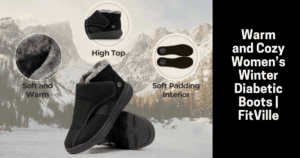The benefits of using insoles for foot health are significant, especially when it comes to preventing and reducing injuries. This article dives into how insoles can support your active lifestyle and safeguard your feet. Let’s discover the best strategies to prevent injuries and keep you moving without pain or discomfort.
Stay Active, Stay Safe: Injury-Proof Your Life Now!
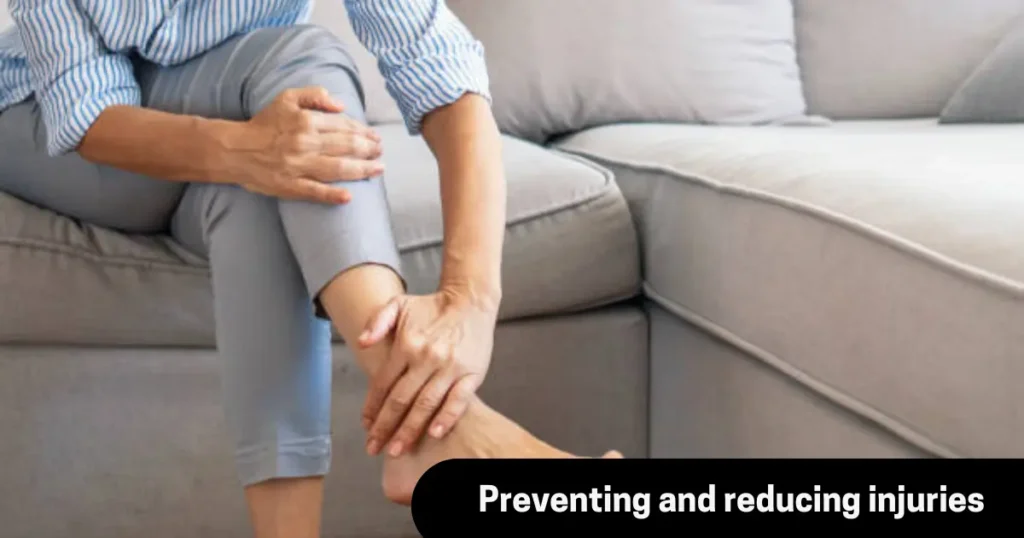
1. Top Strategies to Prevent and Reduce Injuries
I. Understanding Foot Anatomy
Before delving into the benefits of insoles, it’s essential to understand the anatomy of our feet. Each foot is composed of 26 bones, 33 joints, and a complex network of muscles, tendons, and ligaments. This intricate structure provides support, balance, and mobility, making it vital to maintain its health and functionality.
II. The Importance of Preventing and Reducing Injuries
Injuries to the feet can range from minor discomfort to debilitating conditions that hinder daily activities. Common foot injuries include plantar fasciitis, Achilles tendonitis, and stress fractures. These injuries can result from various factors such as improper footwear, overuse, biomechanical issues, and underlying health conditions.
III. Role of Insoles in Foot Health
Insoles, also known as shoe inserts or footbeds, are orthopedic devices placed inside shoes to provide support, cushioning, and alignment to the feet. They can help distribute pressure evenly, absorb shock, correct biomechanical imbalances, and improve overall foot function. By wearing suitable insoles, individuals can mitigate the risk of injuries and enhance their foot health.
IV. Choosing the Right Insoles
Selecting the appropriate insoles depends on several factors, including foot type, activity level, and specific foot conditions. There are various types of insoles available, such as arch supports, cushioned insoles, and custom orthotics. Consulting with a healthcare professional or podiatrist can help determine the most suitable option based on individual needs.
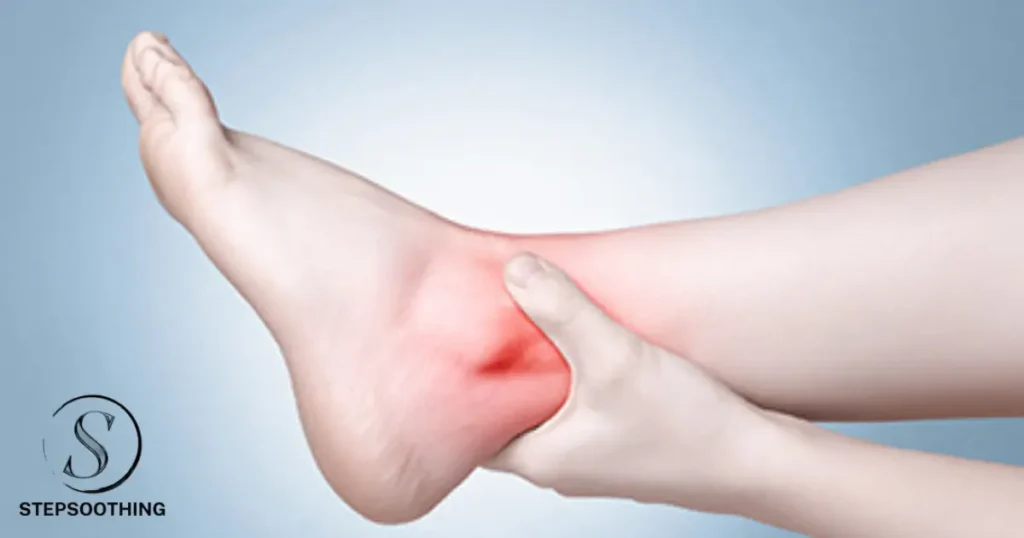
2. Benefits of Using Insoles
Incorporating insoles into daily footwear offers numerous benefits for foot health and injury prevention. Some key advantages include:
- Enhanced Shock Absorption: Insoles with cushioning properties can absorb impact forces during walking, running, or standing, reducing strain on the feet and lower limbs.
- Improved Alignment: Insoles designed to support arches and promote proper foot alignment can alleviate stress on joints and muscles, minimizing the risk of overuse injuries.
- Enhanced Comfort: Well-fitted insoles can increase overall comfort by reducing pressure points, alleviating foot fatigue, and enhancing stability.
- Prevention of Foot Conditions: Insoles can help prevent or alleviate common foot conditions such as plantar fasciitis, flat feet, and heel pain by providing adequate support and cushioning.
3. Tips for Using Insoles Effectively
To maximize the benefits of insoles and maintain optimal foot health, consider the following tips:
- Ensure Proper Fit: Insoles should fit comfortably inside your shoes without causing excessive pressure or crowding.
- Gradual Adaptation: Allow your feet time to adjust to new insoles, especially if they provide significant support or correction.
- Regular Replacement: Replace worn-out insoles periodically to maintain their effectiveness in providing support and cushioning.
- Combine with Proper Footwear: Pair insoles with appropriate footwear that provides adequate support, stability, and room for toe movement.
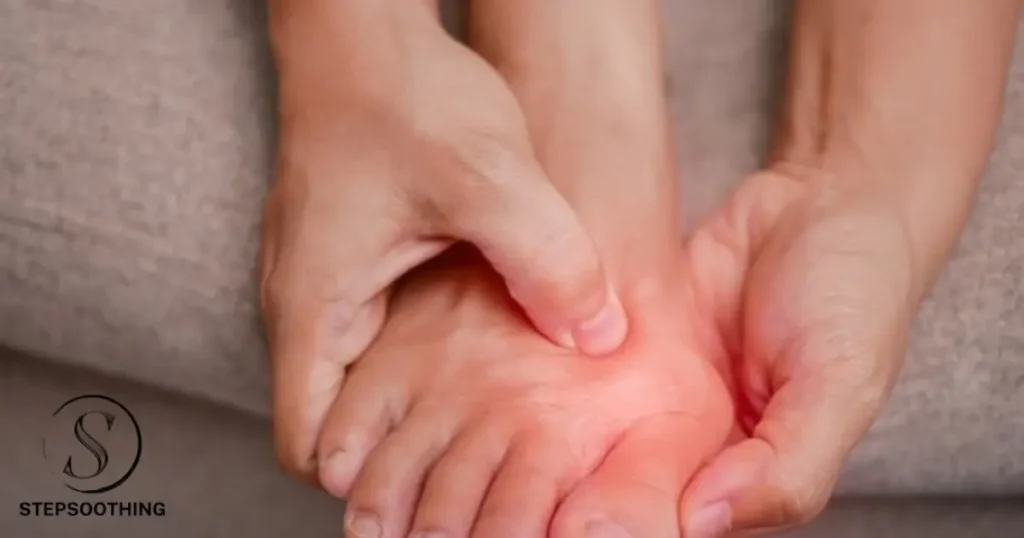
4. Strategies to Prevent and Reduce Injuries
I. Proper Footwear Selection
Choosing the right footwear is crucial for foot health and injury prevention. Opt for shoes that provide adequate support, cushioning, and stability. Consider the specific needs of your feet, such as arch support or extra width. Additionally, ensure that your shoes are the correct size to avoid discomfort and potential injuries.
II. Regular Stretching and Strengthening Exercises
Stretching and strengthening exercises can help improve flexibility, increase strength, and prevent injuries. Additionally, focus on exercises that target the muscles, tendons, and ligaments in your feet and lower limbs. Moreover, incorporate activities like toe curls, calf raises, and ankle rotations into your routine to keep your feet strong and flexible.
III. Gradual Increase in Physical Activity
When engaging in physical activities, it’s essential to start slowly and gradually increase intensity and duration. This approach allows your body, including your feet, to adapt and build strength over time. Avoid overexertion or pushing yourself too hard, as this can lead to injuries. Listen to your body and give it the time it needs to adjust.
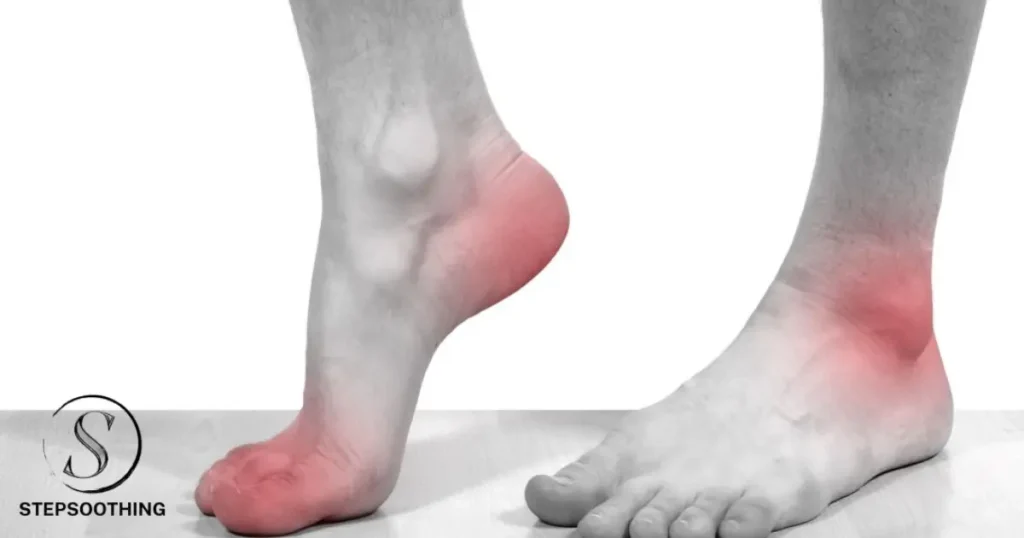
5. Top Strategies to Prevent and Reduce Injuries
I. Regular Rest and Recovery
Rest and recovery are vital components of injury prevention. Allow your body, particularly your feet, sufficient time to recover between physical activities. Incorporate rest days into your routine and prioritize sleep to promote overall healing and rejuvenation
II. Preventing and reducing injuries
Preventing and reducing injuries is key to staying active and safe. Whether you’re a sports enthusiast, a weekend warrior, or someone who enjoys a leisurely stroll, understanding how to protect yourself from injuries is essential. This article will share some top strategies that will help you avoid harm and keep you moving smoothly.
III. Why Injury Prevention Matters:
Injuries can slow us down and, in some cases, lead to long-term health issues. By learning and applying the right prevention techniques, we can enjoy our favorite activities without unnecessary risks. So, let’s explore how we can prevent and reduce injuries.
IV. The Benefits of a Proper Warm-Up:
Starting your activity with a warm-up is like telling your body, “Get ready to move!” Furthermore, a good warm-up prepares your muscles and joints, making them less likely to get hurt. It can be as simple as a brisk walk, gentle stretches, or light jogging.
V. The Role of Equipment in Injury Prevention:
Using the right gear is crucial. Helmets, knee pads, and the correct shoes can make a big difference in protecting you from injuries. Always check your equipment before you start any activity to ensure it’s in good condition and fits well.
VI. Understanding Your Limits to Avoid Overuse Injuries:
Our bodies have limits, and it’s important to listen to them. Overuse injuries happen when we do too much, too fast. Build up your activity level slowly, and give yourself time to rest. This way, you can prevent injuries that come from pushing your body beyond what it’s ready for.
VII. The Importance of Staying Hydrated and Nourished:
Water and good food fuel your body. When you’re dehydrated or hungry, your body doesn’t work as well, and you’re more likely to get hurt. Make sure you drink plenty of water and eat healthy foods, especially if you’re going to be active.
VIII. Learning Proper Techniques and Movements:
Doing things the right way is another secret to preventing injuries. Whether it’s lifting weights, swinging a golf club, or planting a garden, the correct technique will keep you safe. If you’re not sure how to do something, ask a coach or a professional for help.
IX. The Connection Between Rest and Injury Prevention:
Rest is just as important as activity. Moreover, your body needs time to recover and heal. Make sure you get enough sleep and take days off from intense activities. This will help your body stay strong and prevent injuries.
X. The Role of Foot Health in an Active Lifestyle:
Healthy feet are the foundation of an active life. They carry us through daily tasks and intense workouts. If we ignore our feet, we might face injuries that can stop us from doing the things we love. That’s why taking care of our feet with good habits and the right tools, like insoles, is so important.
XI. Why Insoles Are a Wise Choice for Injury Prevention:
Using insoles is a smart way to keep your feet in good shape. They can stop many common injuries that happen when we’re active. With insoles, your feet can handle more movement without getting hurt. This is great news for anyone who wants to stay fit and healthy.
XII. Selecting the Right Insoles for Your Needs:
Not all insoles are the same. Some are made for different sports or foot shapes. It’s important to find the insoles that match your activities and the way your feet are shaped. This will make sure your feet get the best support and protection from injuries.
XIII. Combining Insoles with Other Injury Prevention Strategies:
While insoles are helpful, they work best when used with other ways to keep your feet safe. This includes wearing the right shoes, doing exercises to make your feet stronger, and not pushing your body too hard. Taking breaks to let your feet rest is also key to stopping injuries before they happen.
Conclusion:
Preventing and reducing injuries is the cornerstone of maintaining an active and healthy lifestyle. By implementing a comprehensive approach that combines various strategies, you can safeguard your body and continue enjoying the activities you love without the fear of setbacks.
From proper warm-up and cool-down routines to the use of protective gear and insoles, the tools are available to help you stay injury-free. Remember, taking proactive steps to care for your body is an investment in your long-term well-being, allowing you to remain mobile, strong, and resilient for years to come.
Key Points:
- Understand the importance of preventing and reducing injuries to stay active and safe.
- Incorporate a variety of strategies, including warm-up and cool-down exercises, to prepare your body for physical activities.
- Utilize protective gear, such as braces, supports, and insoles, to provide additional safeguards against injuries.
- Listen to your body and adjust your activities accordingly to avoid overexertion and the risk of injury.
- Seek professional guidance, such as from a physical therapist or sports medicine specialist, to develop a personalized injury prevention plan.
Frequently Asked Questions:
Q1. Why is it so important to focus on preventing and reducing injuries?
Preventing and reducing injuries is crucial for maintaining an active and healthy lifestyle. Injuries can sideline you from the activities you enjoy, leading to pain, discomfort, and disruptions to your overall well-being.
Q2. What are some effective strategies for preventing and reducing injuries?
Some key strategies include proper warm-up and cool-down routines, the use of protective gear (such as braces, supports, and insoles), and adjusting your activities to avoid overexertion.
Q3. How can insoles help in preventing and reducing injuries?
Insoles can play a significant role in injury prevention by providing additional support, cushioning, and biomechanical correction to your feet. This can help alleviate stress and strain on various parts of the body, reducing the risk of injuries.
Q4. When should I seek professional guidance for injury prevention?
It’s a good idea to consult with a professional, such as a physical therapist or sports medicine specialist, if you have any existing injuries or concerns about your risk of injury. They can help develop a personalized injury prevention plan tailored to your needs.
Q5. How can I stay motivated to maintain an injury prevention routine?
Staying motivated can be a challenge, but focusing on the long-term benefits of injury prevention, such as continued participation in the activities you love, can help. Additionally, tracking your progress and celebrating small victories can keep you engaged and committed to your injury prevention efforts.
You can find more informative articles here.


